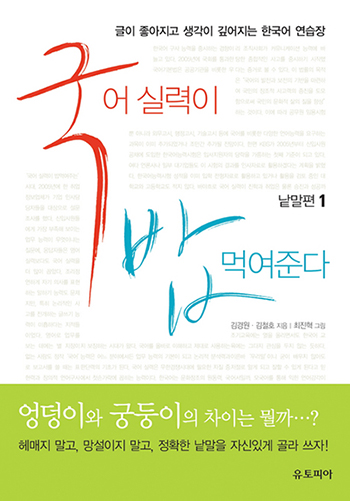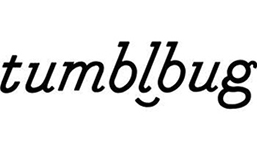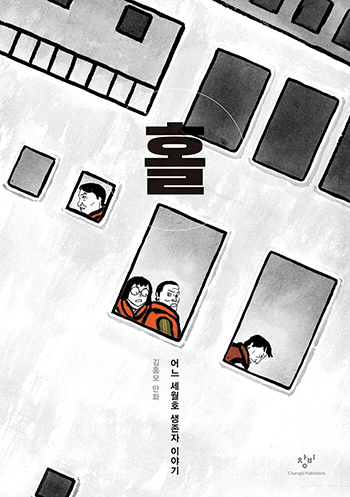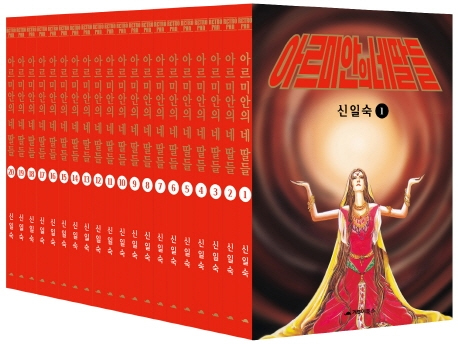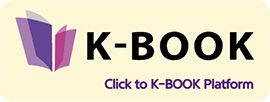|
Book Funds and Publication
2021.07.05
From support and cooperation to investment and profit
It is impossible to trace the origin of book funds. They would have existed from the infancy stage of the publishing industry as one of the various ways of publication. Certain stories could be deemed good stories necessary for the world, but for them to be published in the market as a product called books, you need capital. Funds might have been used as a means to raise money. Indeed, the nature of funds in the past would have been closer to support and cooperation (of course, I cannot look into what those fund-raisers had in mind), whereas funds today are more focused on investment and profit-sharing (people might have different thoughts as well but most of the funds I participate in are supportive and cooperative).
The Ability to Speak Korean Feeds Me: Vocabulary 1
Published in 2006, The Ability to Speak Korean Feeds Me: Vocabulary 1 (Utopia), written by Kim Gyeong-Won and Kim Cheol-Ho, was a bestselling liberal arts book about Korean. It was an impressive record for it to be a top bestseller, but the unique thing about the book was that Kim Cheol-Ho, the co-author and head of the publisher, raised investment for the book mainly from his acquaintances. He proposed to sell 30 thousand copies in three months, which must have been a difficult goal before the book was even published, and offered a condition that he will return 150% and 200% of the invested amount if 10 thousand and 15 thousand copies are sold respectively. This “book fund” ultimately surpassed the aimed for amount, and the investors could have the promised amount returned.
The emergence of a stable and sustainable platform
The sporadic attempts to attract investment centering around publishers and authors settled in as “book funds” after 2010. While crowd-funding was conducted in various fields, “Tumblbug,” run mainly on artistic and cultural content, began business in 2011. Also, the online bookstore “Aladin” launched book funds in 2012. In the Tumblbug system, the creators introduce their work and gather investors until they reach the maximum available amount and price. It was a stage for authors to advertise their works while selling them at the same time. And it can be referred to as the system closest to book funds’ original intent in that the works are not produced until the targeted amount is reached.
Logo of “Tumblbug” and “Aladin”
Even so, it doesn’t lose the meaning of a book fund. It could be deemed as readers’ expression of their opinion that they welcome the decision of publishing the book and are eager to buy it even with the limited information provided in advance. During the initial stage of Aladin’s book fund, the investors bought units of 10,000 won for investment, and the return rate varied depending on the sales record, regardless of whether they bought the book or not. Also, unlike general book funds, special book funds adopted an investment method where the investors had to buy the book in order to invest, making them an investor and a participant that boosts sales at the same time. It was planned to create a virtuous cycle where the investors buy the product, supporting the final return rate, and take away greater returns with the increased profit ratio.
What kind of books are best for book funds?
Aladin’s book fund had a standard from the beginning - “Good books of small publishers.” This is, of course, too vague and too short. However, it is not that difficult (I believe so) to figure out which books meet this criterion and which do not. Indeed, as there are different opinions about the standard, sometimes odd situations are incurred by different perspectives. To take Tumblbug as an example, there were cases where the scope of investors expanded from creators to producers or publishers. So, rather than fundraising, they were more focused on advertisement and sales increase, and there was criticism about such situations. In terms of Aladin’s book fund, as the proposing publishers are in a business relationship with Aladin, the system manager and operator, there were cases in which publishers did not understand why certain books of certain publishers are accepted for funds and why other certain books are refused, sparking conflicts.
Hole
Thinking about it, book funds are an attempt in the market that underlines the meaning of challenge rather than a successful result. So, choosing books for the fund will be more important than an individual book’s success. This is why the first book of a newly established publisher or large-sized project of a small publisher often emerges in book funds. For example, publisher Thousand Years of Imagination runs a project called “Book Club Capital,” where a total of twelve books about capital are steadily published for two years (one book every two months). While it didn’t have any books published in the market, it could kick off the project through the book fund, gathering 270 readers and investment worth over 30 million won. With such stable financial support, the publisher completed publishing the planned books before three years passed, though a bit later than expected. Publisher Thousand Years of Imagination has also introduced Monthly Jung Yeo-Wool on Tumblbug, where they publish one edition every month for a year, gathering more than 16 million won, recording 300% of the targeted amount. This is a good example of a small publisher who publishes four to five titles a year succeeding in effectively carrying out big projects that require books to be published consecutively.
Between new attempts and the meaning of book funds
In the Korean publishing industry, book funds are a mature project. In terms of volume, the reissue of Four Daughters of Armian - Retro (Gobooky Books) raised more than 120 million won last year, and writer Kim Cho-Yeop’s If We Cannot Move at the Speed of Light (East-Asia Publishing Co.) which began as a book fund recently recorded 200 thousand total sales. Also, The Dream You Ordered is Sold Out, a highly anticipated book that gathered about 1,000 investors, was published with the changed title Dollagoot Dream Department Store (Sam & Parkers), exceeding more than 500 thousand copies sold until today. Another large-sized online bookstore in Korea, Yes 24, has launched book funds as well, which had previously only been done by Aladin among the big bookstore companies. And as Kyobo Book Centre is also preparing for its own book funds, how each of the bookstores will operate them and in what style and method are highly anticipated. Yes 24 opened its book fund named “Grae Jebonsa” intending to revitalize sold-out or out-of-print books along with those before their first publication. For instance, Tales of a Grandfather (Hyundae Jisungsa), published as a limited edition of 300 sets, sold 171 copies as of June 18, and is expected to sell out sooner or later.
Four Daughters of Armian - Retro
If We Cannot Move at the Speed of Light, Dollagoot Dream Department Store
With more attempts and cases, book funds are bound to go through adjustments and conflicts over their initial intent, practical issues, and unprecedented challenges. And I suggest imagining some of the possible outcomes. For example, the "Excellent Publication Grants" provided by the Publication Industry Promotion Agency of Korea (KPIPA) can be seen as a part of book funds from a broader perspective. But as it does not have elements directly related to sales and promotions like book funds run by bookstores, cooperating with the organization might be one of the ideas. Also, several bookstores might launch book funds of the same book simultaneously, selling thousands of copies of the first print through them.
Book funds in Korea are more about support and cooperation rather than expectation for high profits.
Book funds are carried out individually on certain platforms with certain books of certain publishers, but each consists of the entire book fund ecosystem; understanding and agreeing to this idea will be the most important part in sustaining and developing book funds. If there is a part that hasn’t changed through the courses of policy changes and practical adjustments, it would be adding the names of participants on the books. Perhaps, in many of their minds, there’s the idea that the books they support are good stories that deserve to be shown to the world apart from profits, the belief that they are necessary stories for the world, and the anticipation that they can become readers that supported the books from their production process til publication. If book funds can live up to their expectations, I’m sure they will be able to root down as one of the small, but indispensable ways of publishing in the Korean publishing industry.
Written by Park Tae-Keun (Head Editor at Wisdom House, former Team Lead at Aladin)
Park Tae-Keun (Head Editor at Wisdom House, former Team Lead at Aladin) #Book Fund#platform#Tumblbug#Aladin |
Pre Megazine
-

New Tarot Made With Korean Colors and Patterns!
VOL.69
2024.04 -

Please Look After Mom by Shin Kyung-sook
VOL.69
2024.04 -

Paper Play – A Great Way for Emotional Development, Concentration, and Creativity!
VOL.68
2024.03 -

Submit Us Your Reviews of Korean Books!
VOL.68
2024.03 -

A Miraculous Workout Routine for a Healthier Body!
VOL.67
2024.02 -

The Hottest Place in Korea, Right Here, Right Now!
VOL.66
2024.01 -

Kim Jiyoung, Born 1982 by Cho Nam-Joo
VOL.66
2024.01 -

Concerning My Daughter by Kim Hye-jin
VOL.65
2023.12 -

Bake Delicious Bread that’s Just Right for Your Taste
VOL.65
2023.12 -

Craft Your Own Special Miniature Furniture
VOL.64
2023.11 -

Take Beautiful Palace Tours With a Book
VOL.63
2023.10 -

A Guide to Beautiful Korean Handwriting
VOL.62
2023.09 -

An Offbeat Trip to Jeju Island
VOL.61
2023.08 -

Prepare for Disasters with a Single Book
VOL.60
2023.07 -

The Hen Who Dreamed She Could Fly by Hwang Sun-mi
VOL.60
2023.07 -

Feel the Street Vibes with Watercolor Painting
VOL.59
2023.06 -

Bone Soup by Kim Young-tak
VOL.59
2023.06 -

Eat Healthier and Tastier – Korean Vegan Food
VOL.58
2023.05 -

Almond by Won-pyung Sohn
VOL.58
2023.05 -

Learn About and Have Greater Fun Drinking Korean Alcohol!
VOL.57
2023.04 -

Knitting YouTuber Daeri Kim’s “Easy Modern Daily Knit”
VOL.56
2023.03 -

A New Section for Readers’ Reviews!
VOL.55
2023.02


